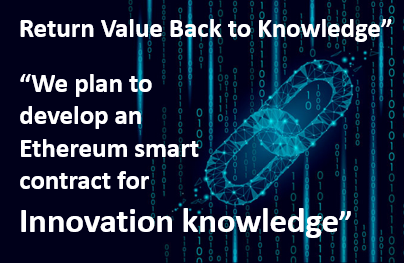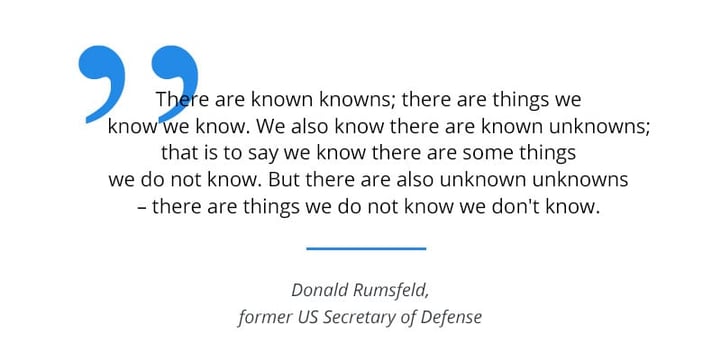 I have written extensively, certainly over the past eighteen months, about our need to take innovation into a new era, designed for today and tomorrow’s “fit for purpose”. Below you will see my view of how I see this sketched out, as my suggested concept outline. Does it make sense?
I have written extensively, certainly over the past eighteen months, about our need to take innovation into a new era, designed for today and tomorrow’s “fit for purpose”. Below you will see my view of how I see this sketched out, as my suggested concept outline. Does it make sense?
We have this compelling need to have a new cycle of innovation design. A more integrated solution that takes our understanding of innovation and how to manage it, into the realms of ecosystems and platforms in its design and thinking.
I wrote a piece “Jumping to a fresh cycle of innovation design” that stated much of what I saw as any design intent.
” We need to increasingly rely on problem-solving techniques that we generate through greater automated discovery and inquiry, those that emerge from analysis and data mining. So, we seek out greater applied science knowledge we will use it to support and develop practical applications based on technology and innovation. Utilitarian in its principles, seeking real-world use and implementation through a more creative, collaborative environment, leading to more discoveries that distinctly ‘blend’ the lab application with the customer discovery of unmet need. Through a blend of pattern recognition, predictive analytics and exploring cognitive computing we can change much with innovation”
“We have been steadily learning to adapt what we knew inside an organization with what we should increasingly listen to outside it. There has been an increasing emphasis on linking concepts in new and novel products and services, increasingly closer to these customer needs and desires.
We need to consider how big data and analytics, technology and a far more creative thinking needs to be applied collectively but in greater constellations of partners. We need to get far more comfortable with working in ecosystems, managed in platform designs to work more collaboratively.
Read more
![]() How do we show the real difference that innovation can provide?
How do we show the real difference that innovation can provide?






